Tesla's Supercharger Network Opens Up - A New Era of EV Charging Accessibility?
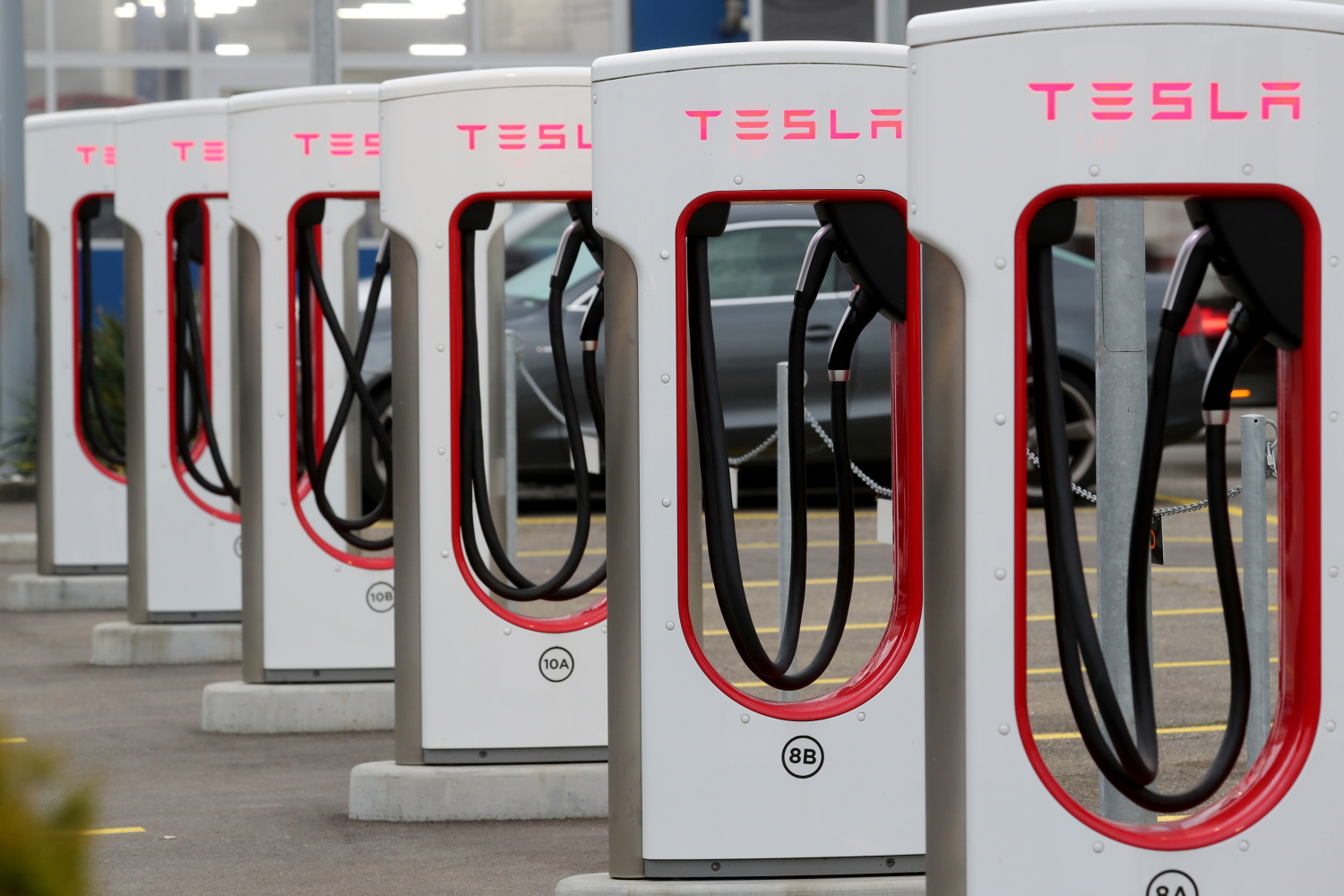
For years, Tesla's expansive Supercharger network stood as a walled garden, accessible only to Tesla owners. This exclusive access was a significant advantage for Tesla, enticing buyers with the promise of convenient, long-distance travel. However, the landscape of electric vehicle (EV) charging is changing, and Tesla has embarked on a significant shift by opening up its Supercharger network to non-Tesla EVs in select regions.
The Dawn of Open Access
The first cracks in the wall appeared in late 2021 when Tesla launched a pilot program in Europe, allowing non-Tesla EVs to utilize select Supercharger stations. This pilot program gradually expanded to include more European countries, garnering valuable data and user feedback.
In a landmark move in November 2022, the White House announced that Tesla would be opening 7,500 of its Superchargers in the United States to non-Tesla EVs by the end of 2024. This commitment was part of a broader government initiative to expand and improve the national EV charging infrastructure.
Navigating the Transition: Adapters and Compatibility
The technical aspect of opening the Supercharger network involves ensuring compatibility between Tesla's charging connector, known as the North American Charging Standard (NACS), and the Combined Charging System (CCS) connector used by most other EV manufacturers in North America. To bridge this gap, Tesla introduced an adapter that allows CCS-equipped vehicles to charge at Supercharger stations.
Tesla drivers, accustomed to the seamless integration of their vehicles with the Supercharger network, may experience some adjustments. The company introduced a reservation system at select locations to manage potential congestion and ensure a smoother charging experience for all users.
The Impact on the EV Charging Landscape
The opening of Tesla's Supercharger network has the potential to reshape the EV charging landscape significantly. Here's a closer look at the potential impact:
Increased Competition and Innovation
Tesla's entry into the broader EV charging market introduces a formidable competitor with a well-established reputation for reliability and performance. This competition is likely to spur innovation among existing charging networks as they strive to enhance their offerings and attract customers.
Accelerated EV Adoption
One of the main barriers to wider EV adoption is range anxiety—the fear of running out of charge while on the road. Access to a more extensive and reliable charging network, like Tesla's Supercharger network, can help alleviate this concern and make EVs a more appealing option for potential buyers.
Potential Challenges and Considerations
While the opening of the Supercharger network offers numerous potential benefits, there are also challenges to consider:
- Network Congestion: An influx of non-Tesla EVs could lead to increased wait times at Supercharger stations, particularly in high-traffic areas. Tesla's reservation system aims to mitigate this issue, but careful planning and monitoring will be crucial.
- Charging Speeds and Compatibility: Charging speeds can vary depending on the EV model and the specific Supercharger station. Not all non-Tesla EVs may be able to charge at the maximum speeds offered by Superchargers.
- Pricing and Payment Systems: Tesla will need to establish clear pricing structures and payment systems for non-Tesla EV owners using the Supercharger network.
Looking Ahead: A New Era of EV Charging
Tesla's decision to open its Supercharger network signifies a pivotal moment in the evolution of the EV charging landscape. While challenges and adjustments lie ahead, this move has the potential to accelerate EV adoption, foster greater competition, and drive innovation in the charging sector. As the network continues to expand and adapt, it will be fascinating to witness the long-term implications for both EV drivers and the automotive industry as a whole.
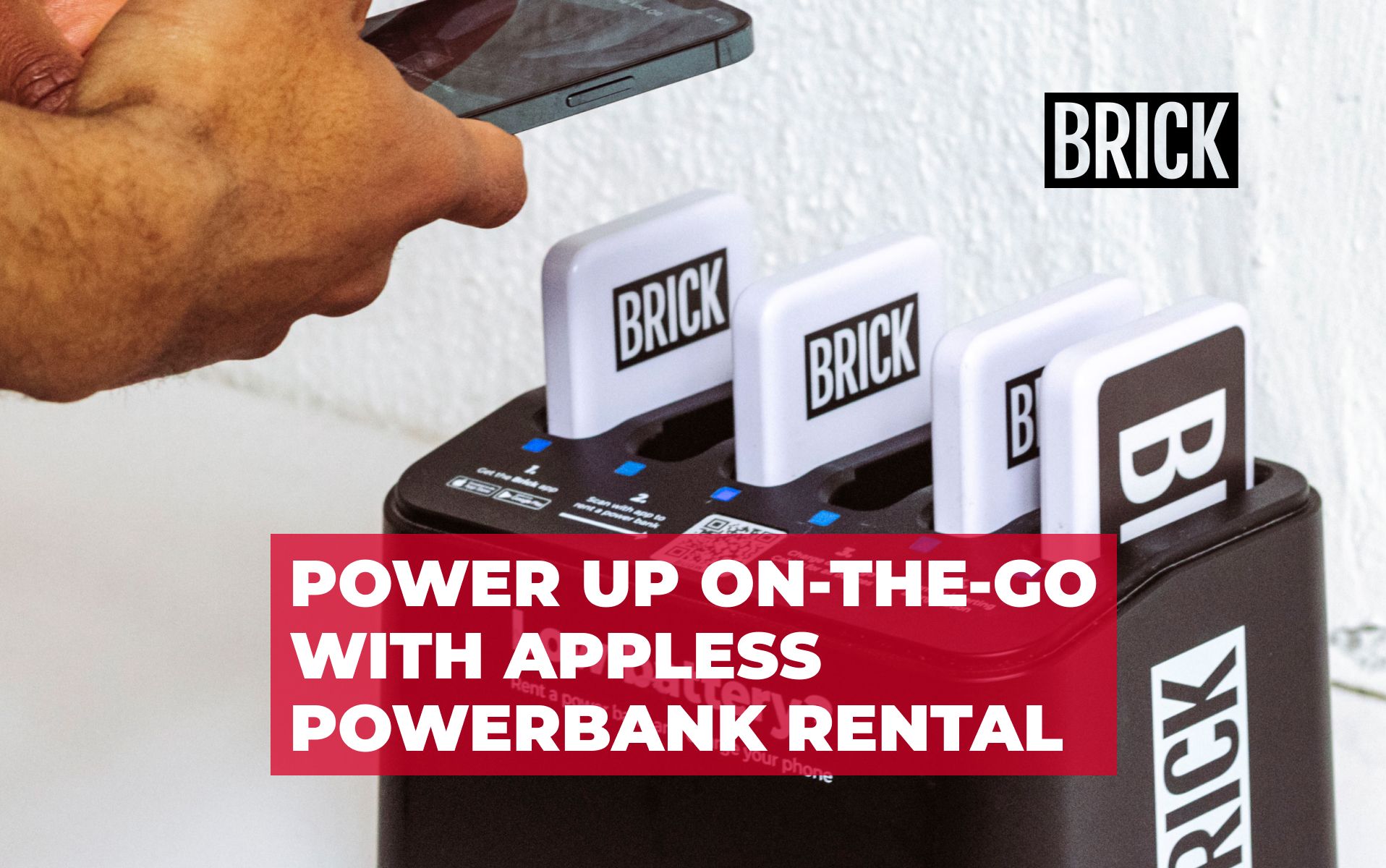
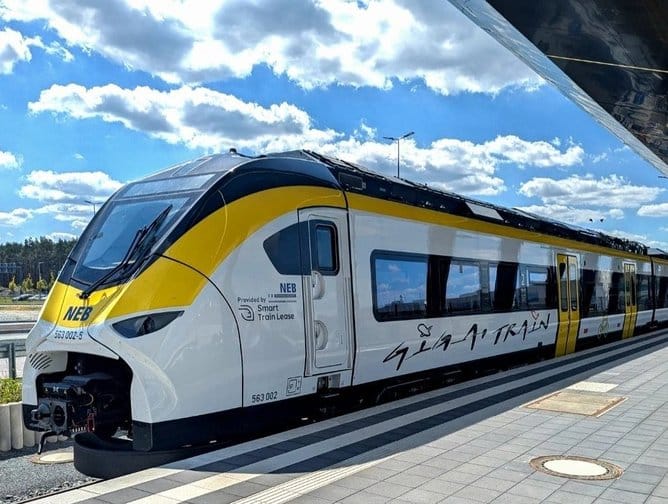
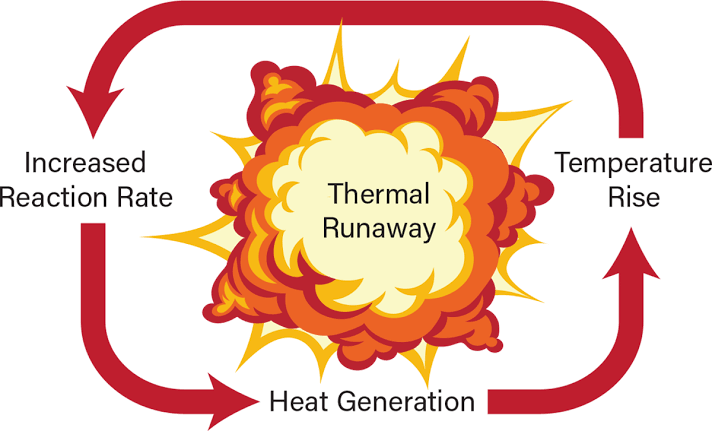
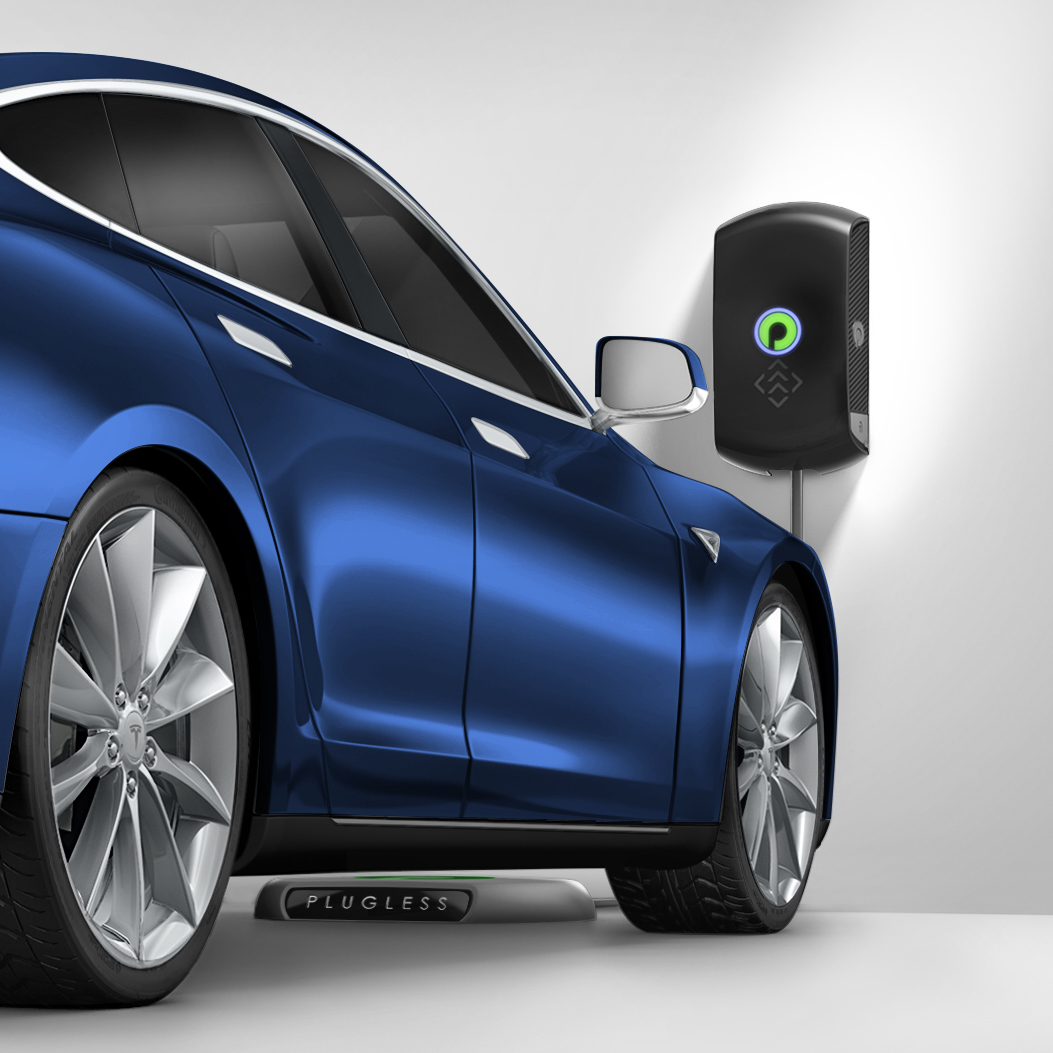
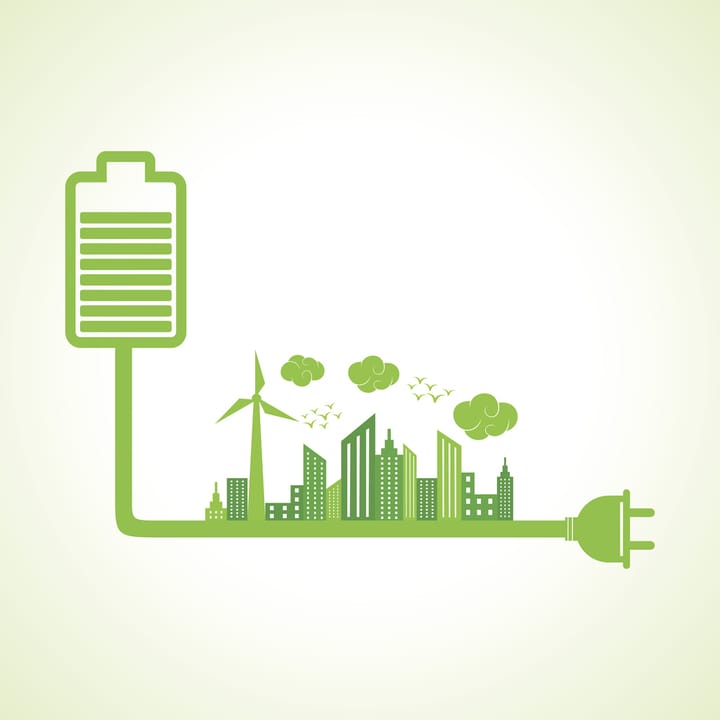
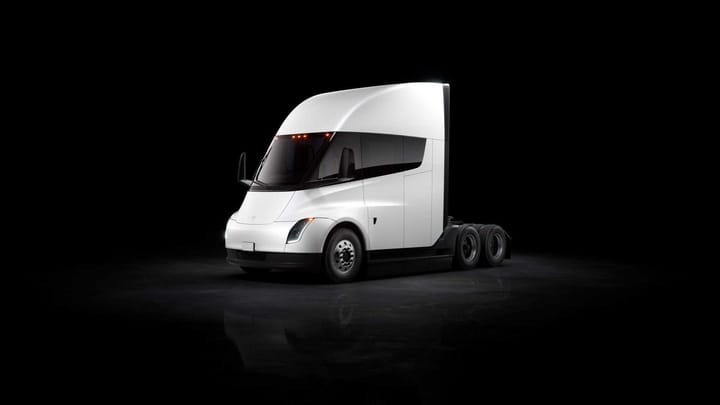










Comments ()